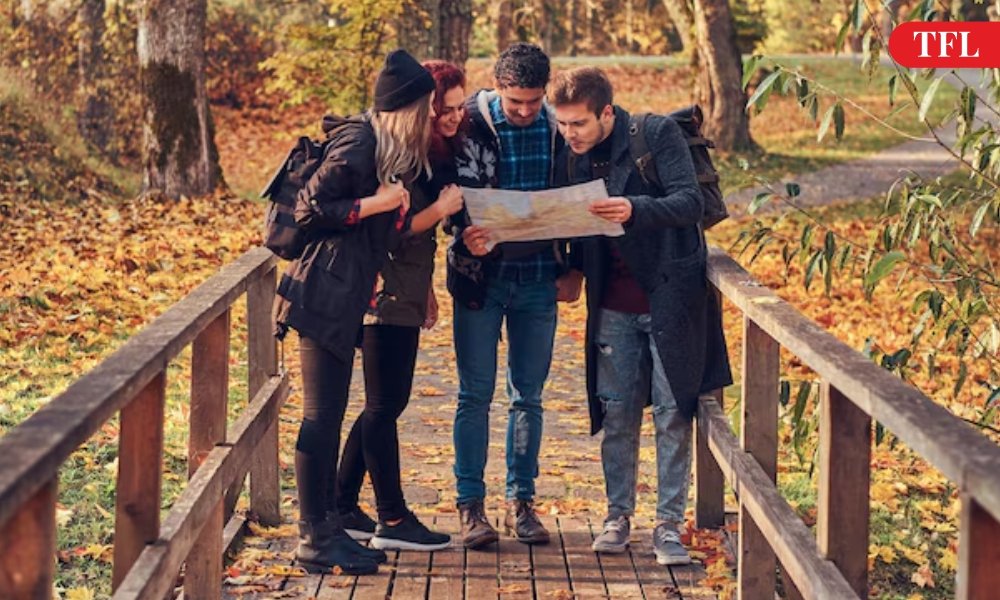In a bid to address mounting concerns over overcrowding and ensure a more sustainable visitor experience, several renowned national parks across the United States have introduced reservation systems. These systems aim to regulate the influx of visitors, alleviate strain on park infrastructure, and preserve the natural beauty of these cherished landscapes.
Yellowstone National Park, Grand Canyon National Park, and Yosemite National Park are among the iconic destinations that have implemented reservation systems to manage visitor numbers effectively. With record-breaking attendance in recent years and the surge in outdoor recreation amid the COVID-19 pandemic, these parks have faced unprecedented challenges in maintaining the ecological balance while accommodating the influx of tourists.
The reservation systems operate by requiring visitors to obtain permits or reservations in advance of their visit, particularly during peak seasons or for popular attractions within the parks. By limiting the number of visitors at any given time, park authorities aim to prevent overcrowding, minimize environmental degradation, and enhance the overall visitor experience.
In Yellowstone National Park, for instance, visitors are now required to obtain entry permits for specific dates to access the park’s popular attractions, such as Old Faithful and the Grand Prismatic Spring. Similarly, at Grand Canyon National Park, permits are necessary for hiking the renowned Rim-to-Rim trail and camping within the canyon.
While the implementation of reservation systems may initially face logistical challenges and adjustments for visitors, park officials emphasize the long-term benefits in terms of environmental conservation and visitor satisfaction. By spreading out visitation and reducing congestion at peak times, these measures enable visitors to enjoy a more serene and immersive experience in nature while minimizing the impact on delicate ecosystems.
Furthermore, the reservation systems offer opportunities for park management to gather data on visitor patterns and preferences, which can inform future planning and resource allocation decisions. This data-driven approach allows park authorities to optimize infrastructure, improve visitor services, and prioritize conservation efforts in alignment with visitor demand and environmental stewardship goals.
Despite some initial resistance and concerns from visitors accustomed to spontaneous travel, the majority of park-goers recognize the importance of responsible visitation and support the implementation of reservation systems as a means to preserve the natural wonders of these national treasures for future generations.
As the popularity of outdoor recreation continues to soar, the introduction of reservation systems signals a proactive approach by national parks to balance accessibility with sustainability, ensuring that these beloved destinations remain accessible and enjoyable for all while safeguarding their ecological integrity.












